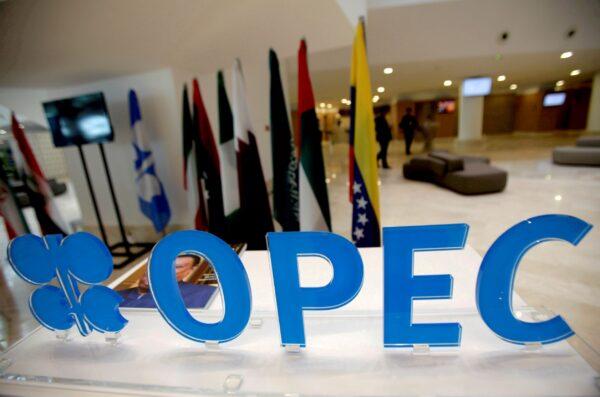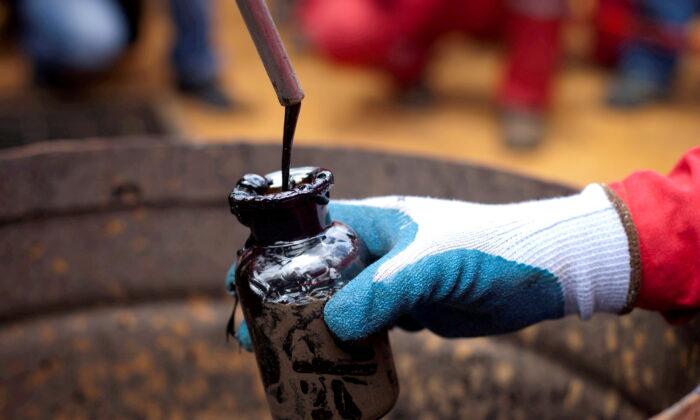LONDON—Oil prices hit a fresh three-year high on Friday, climbing above $85 a barrel on forecasts of a supply deficit over the next few months as rocketing gas and coal prices stoke a switch to oil products.
Brent crude futures were up 80 cents, or 0.95 percent, to $84.80 a barrel at 0930 GMT. Front-month prices, which earlier touched their highest since October 2018 at $85.10, are set to climb for the sixth straight week, heading for a 3 percent hike this week.
U.S. West Texas Intermediate (WTI) crude futures rose 73 cents, or 0.9 percent, to $82.04 a barrel. The contract is heading for a 3.3 percent gain on the week, up for the eighth consecutive week.
Strong stock markets on both sides of the Atlantic, often traced by oil prices, also gave a boost.
Analysts pointed to a sharp drop in OECD oil stockpiles to their lowest level since 2015. Demand has picked up with the recovery from the COVID-19 pandemic, with a further boost coming from industry turning away from expensive gas and coal to fuel oil and diesel for power.
“The fact that Asian markets are content to chase prices higher at weekly highs, instead of lurking on price dips, is a strong signal that energy demand remains robust,” OANDA senior analyst Jeffrey Halley said in a note.
The International Energy Agency on Thursday said the energy crunch is expected to boost oil demand by 500,000 barrels per day (bpd).
“Record coal and gas prices as well as rolling blackouts are prompting the power sector and energy-intensive industries to turn to oil to keep the lights on and operations humming,” the International Energy Agency (IEA) said in its monthly oil report.

“Higher energy prices are also adding to inflationary pressures that, along with power outages, could lead to lower industrial activity and a slowdown in the economic recovery.”
As a result, global oil demand next year is now projected to recover to pre-pandemic levels, the Paris-based agency said.
Meanwhile, the IEA estimated that producer group OPEC+ is set to pump 700,000 bpd below the estimated demand for its crude in the fourth quarter of this year, meaning demand will outpace supply at least until the end of 2021.
However, OPEC Secretary General Mohammad Barkindo told reporters on the sidelines of an energy forum in Moscow on Thursday that the oil market continues to face uncertainties stemming from the COVID-19 pandemic.
“The market is taking its course in accordance with supply and demand fundamentals. But we must admit there are external factors that are influencing the evolution of the market,” he said.
“We maintain the view that we have held all year—that the oil market remains in the early days of a multi-year, structurally strong cycle,” RBC analyst Michael Tran said in a note.
Investors shrugged off a higher than expected gain in U.S. crude stocks last week as refinery crude runs fell.
Crude inventories rose by 6.1 million barrels in the week to Oct. 8 to 427 million barrels, compared with analysts’ expectations in a Reuters poll for a 702,000-barrel rise, the Energy Information Administration said on Thursday.






Friends Read Free